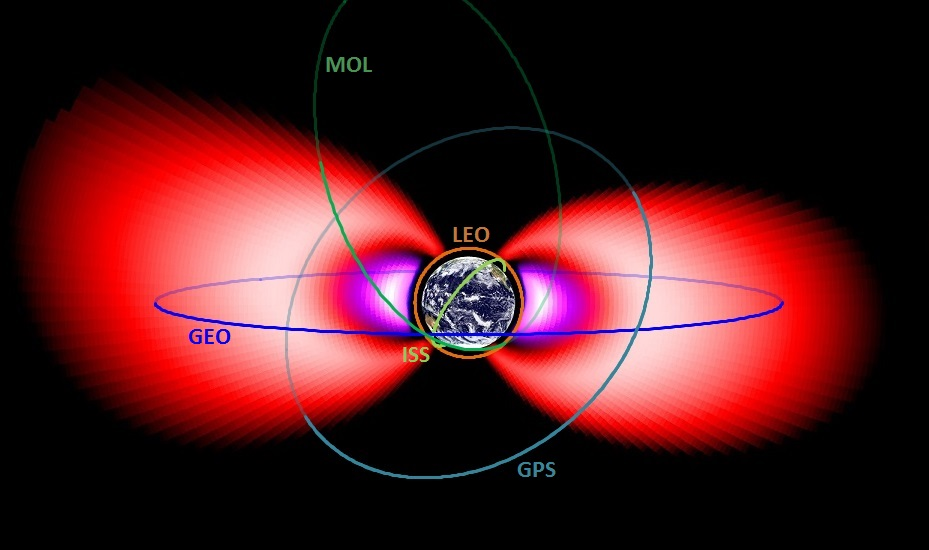Speaker
Description
A large proton belt enhancement occurred on 24 March 1991 following an interplanetary shock that impacted the dayside magnetopause at ~03:40 UT. Its formation was measured by the proton telescope aboard CRRES and attributed to the injection and inward transport of solar energetic particles (SEPs) by an azimuthally propagating electric field pulse induced by the shock’s compression of the magnetosphere. This led to an increase in the flux of high energy (>25MeV) protons by several orders of magnitude at L~2.5 which has been well-studied. However, a flux enhancement by up to one order of magnitude was also seen at 1-20MeV protons at L~2. Protons in this energy range pose a hazard to orbiting spacecraft as a major contributor to solar cell non-ionizing dose. The 1-20MeV enhancement cannot be explained by the inward transport of a solar proton source, because a newly-injected source population at the required energy would have a drift velocity too low to interact with the pulse. Instead, we hypothesize that the 1-20MeV enhancement was caused by the pulse redistributing already-trapped radiation belt protons. To test this hypothesis, we apply a novel method to model the change in phase space density during a shock event which utilizes reverse-time particle tracing simulations. Our results show that the 1-20MeV enhancement can be accounted for by internal redistribution as hypothesized. We thus identify a new mechanism for proton belt enhancements that does not depend on a SEP source and present a way to model it. This talk will present an overview of our work and discuss the wider implications for radiation environment modeling.

